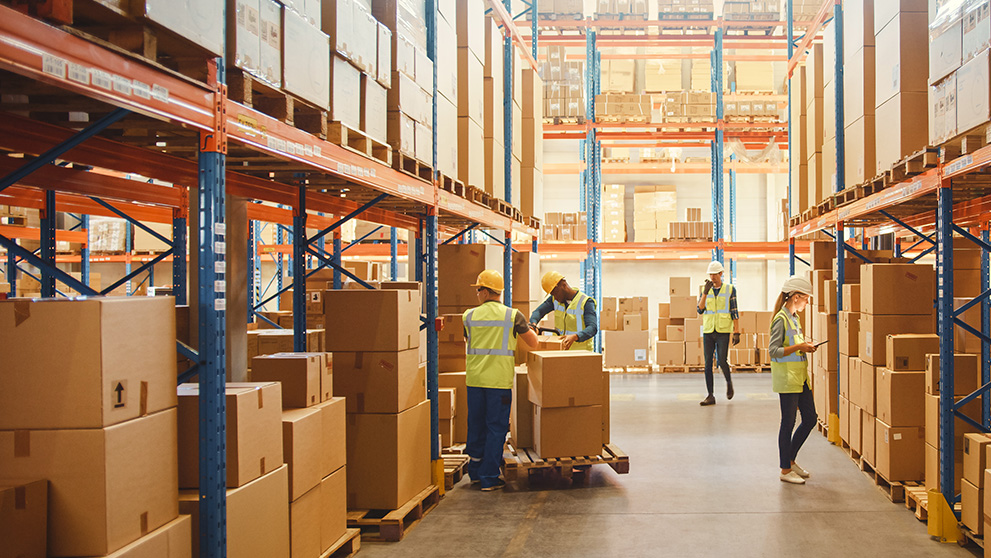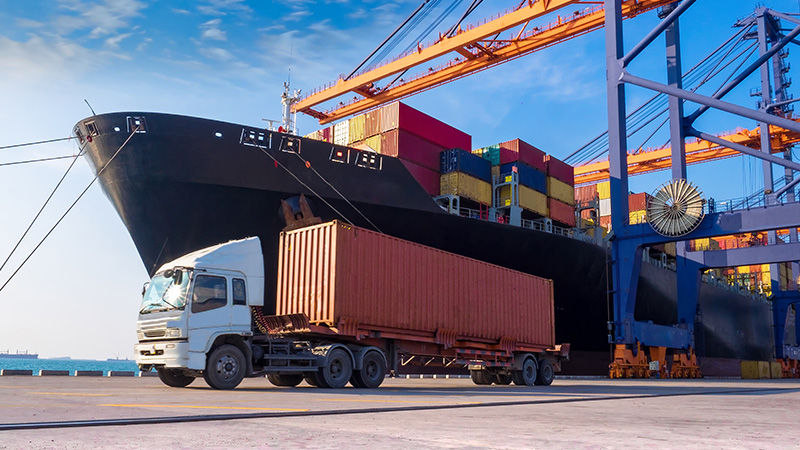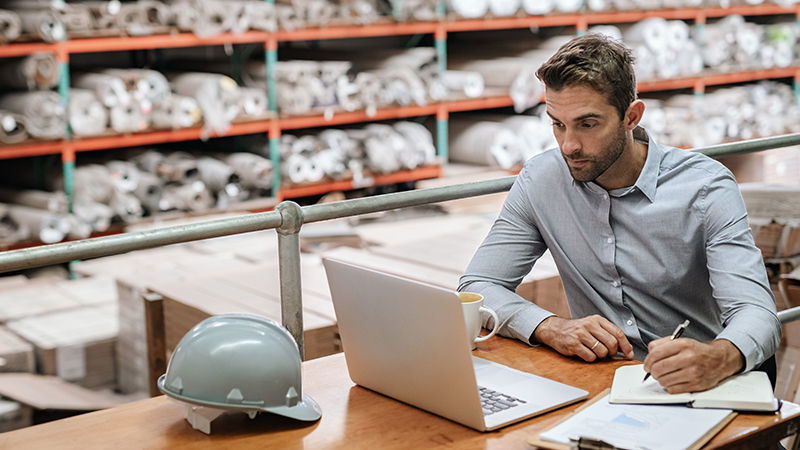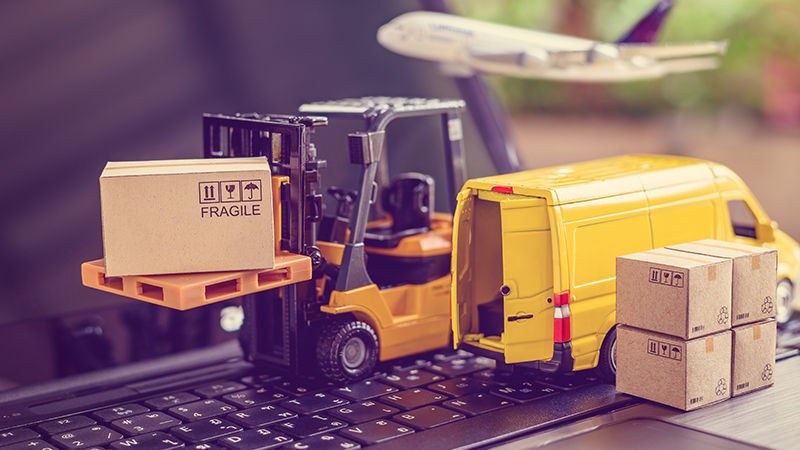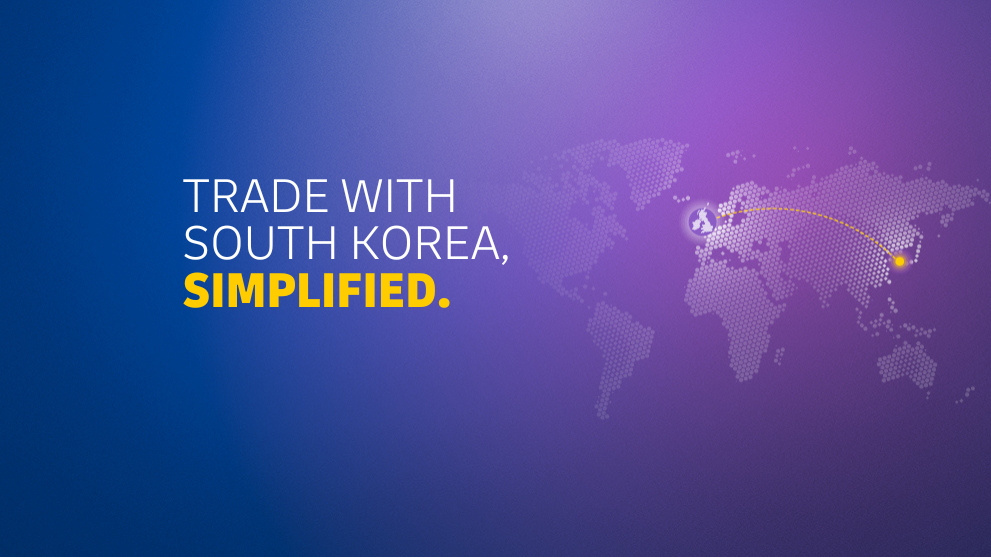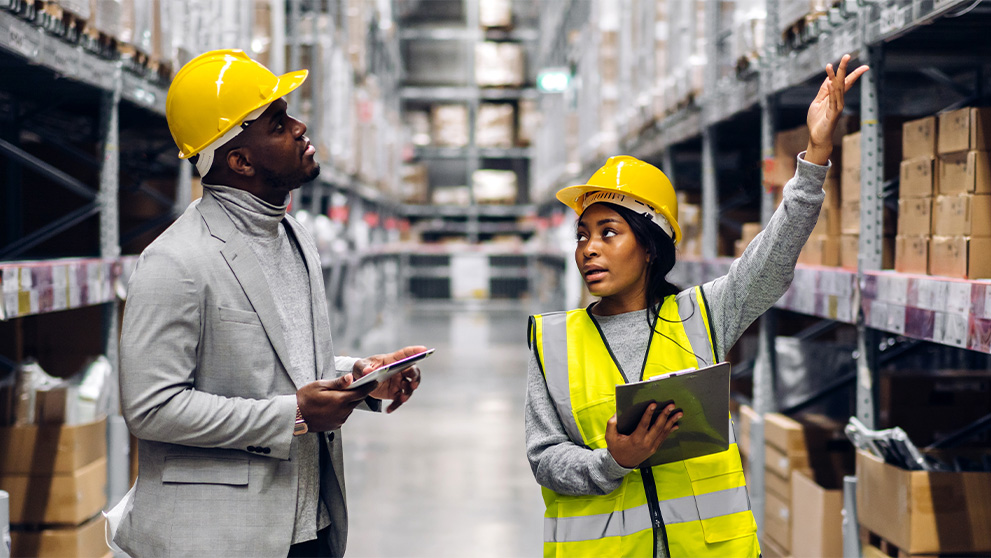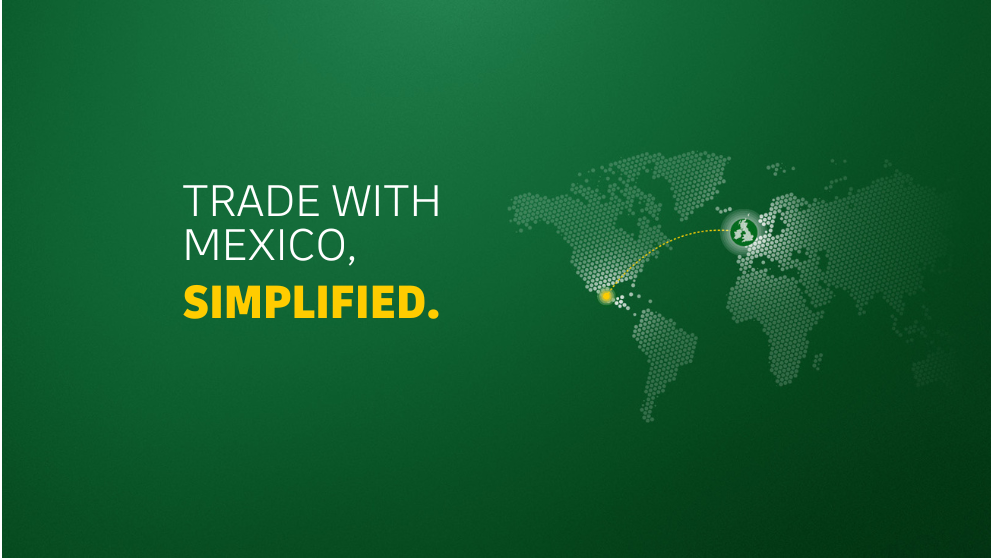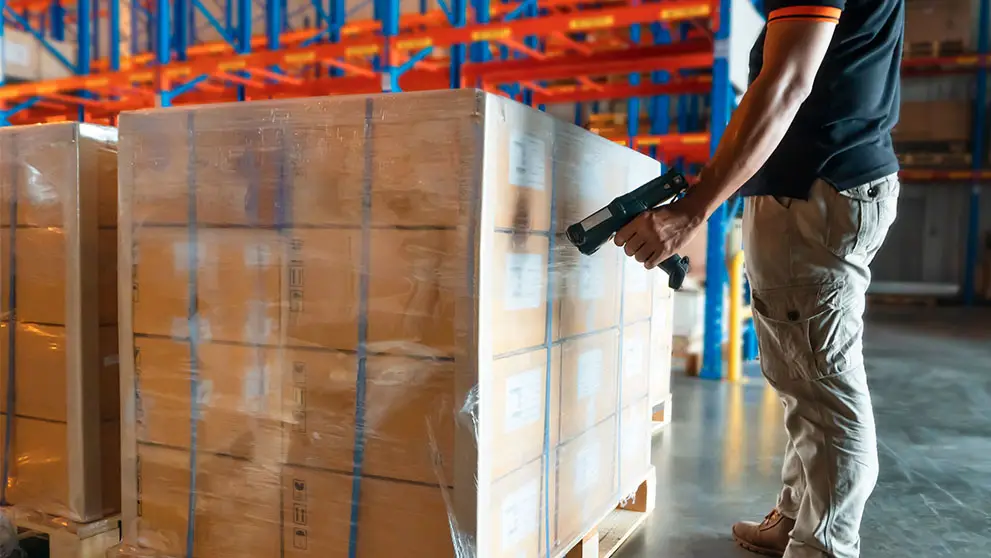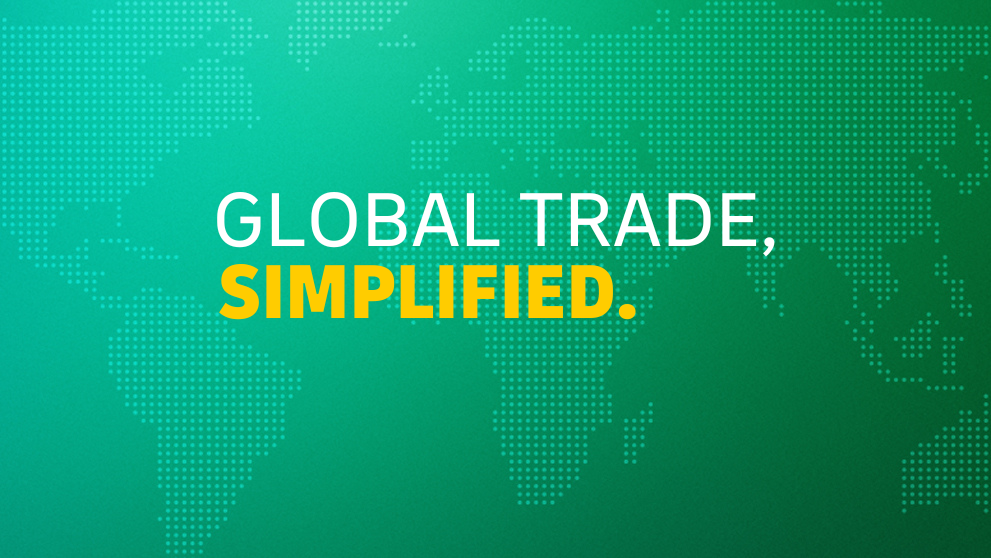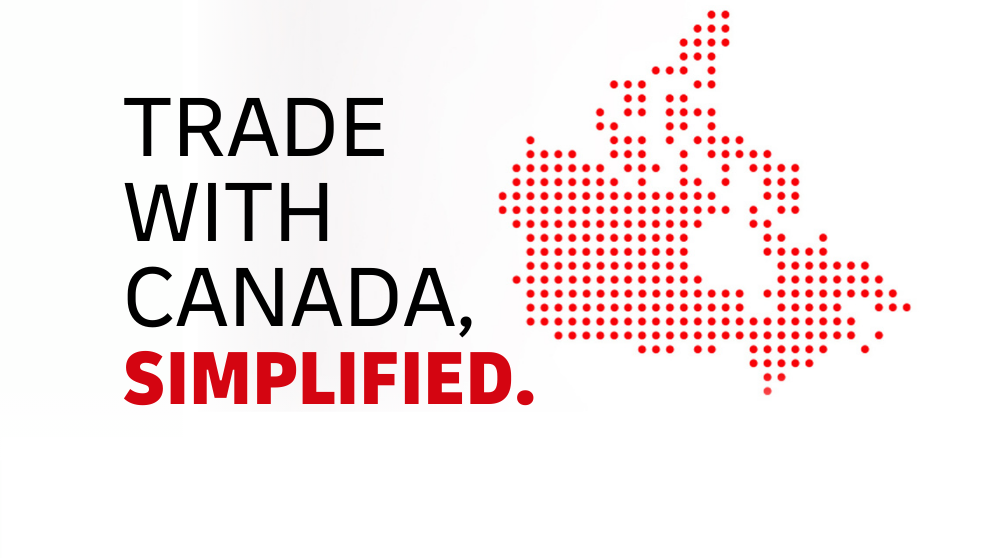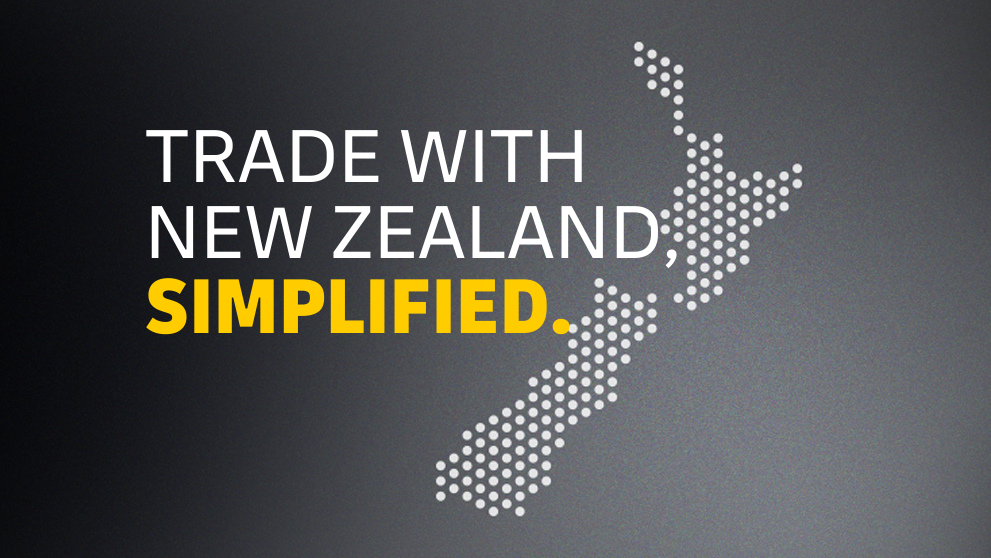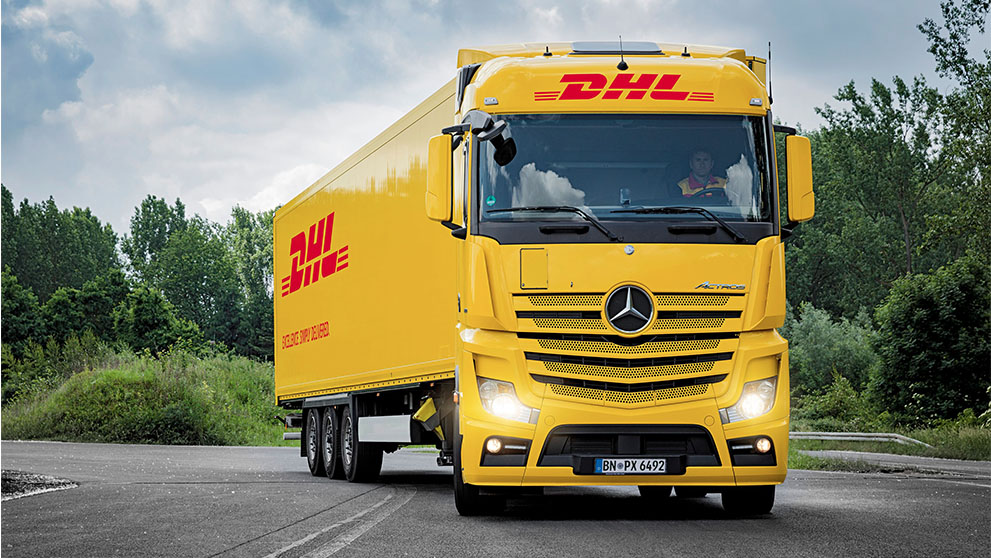So much of your customers’ experience with your business is impacted by your logistics. Here’s how to optimise your logistics strategy to ensure the right products get to the right customers at the right time – all whilst saving your business money.
What does logistics mean?
Logistics refers to the planning framework that enables businesses to store and transport their goods to their customers. It covers procurement, inventory management, distribution, warehousing, transportation, packaging and risk management.
For SMBs – particularly those within the e-commerce sector – logistics should be considered essential to reducing costs, staying competitive and getting products to customers on time.
Logistics is:
- Moving products and/or materials from one place to another
- Getting raw materials from suppliers to your business
- Dependent on reliable transportation
- Reliant on warehousing and storage
- Part of the wider supply chain management process
- Worthy of serious investment
Logistics is not:
- An afterthought or something to be left to the last minute
- The supply chain. It’s a part of the supply chain
- A function your business needs to do itself – it can easily be outsourced
Logistics vs supply chain management
Sometimes logistics is confused with ‘supply chain’, which refers to the wider chain of goods and materials before they land with your business.
Supply chain = the bigger picture. The entire network of activities involved in the sourcing and procurement of raw materials, conversion of those materials into finished goods, and the distribution of those finished goods. The supply chain is often something your business has little or no control over.
Logistics = this is the part of the supply chain that your business does have direct control over, and covers the packaging, transportation, inventory management and storage of your supplies and products.
Why is logistics important?
Industry research found that over 60% of US and European companies lost up to 20% in revenue in 2020 due to logistical disruptions1. Granted, the effects of Covid made it an unprecedented year, but it still highlights how important an optimised logistics strategy is to a business’s bottom line – especially SMBs and start-ups with tight profit margins.
Furthermore, the efficiency of your logistics operation is closely linked to your customers’ experience with your business. Take inventory management, for example: did you know that 37% of online consumers who encounter an out-of-stock message will shop with another brand?2 There’s also the transportation of the goods, the packaging, the delivery….all aspects of logistics which, if you don’t get right, will impact your customers somewhere down the line. Time to take your logistics seriously!
What is logistics management?
Logistics management is the strategic side of logistics, involving the procurement, movement, and storage of materials, parts, and finished inventory (goods and services) from their point of origin to point of consumption.
The ‘Seven Rs’ is a popular way to define the goal of logistics management:
- Get the right product
- At the right quantity
- At the right time
- In the right condition
- To the right place
- And to the right customer
- At the right cost
Get all of these, well, right, and your business will stay competitive.
How to optimise your logistics strategy
First, you need to establish your goals in order to find the best paths to reach them. They may be:
- To reduce costs
- To generate higher revenue
- To reduce overstocking
- To improve customer delivery times
…or most likely a combination of all! For SMBs and startups where profit margins are already very small, reducing costs is often a priority.
It’s perhaps unsurprising that artificial intelligence (AI) will play a big part in optimising your logistics. According to a study by McKinsey3, AI has helped businesses improve logistics costs by 15%, inventory levels by 35%, and service levels by 65%. Let’s take a look at how automated technology can be applied to some of your key logistics features.
Inventory Management
In a survey by Wakefield Research, 73% of retailers said they struggle with inventory demand forecasting, whilst 65% said they have difficulty tracking inventory through their supply chain4.
Automating your inventory management is crucial to meeting your lead time and fulfilment KPIs. By integrating inventory management software, you can:
- Track, in real time, every item that arrives to or leaves your warehouse
- Monitor your inventory turnover rate to see where customer demand isn’t being met or where you’re overstocking
- Utilise sales data from multiple channels for more accurate demand forecasting
- Automate procurement management so reorders are automatically triggered when products are running low
- Better organise your warehouse according to stock availability
- Track rates across different suppliers to find the best deals
- Reduce human error by automating stock taking and generating reports
Warehousing
All products you offer must be stored, packed, and transported with consistency from your warehouse or distribution center so they’re delivered in the right condition to your customers. Here are some tips:
Look at your Picking Accuracy rate – i.e., the percentage of correct orders from the total number of orders. Customers returning incorrect products will cost your business money – and most likely lose you their repeat custom! Knowing this will help you set KPIs to measure improvements against.
Review your warehouse layout. It sounds obvious, but something as simple as placing your best-selling products close to the sorting, packing and shipping stations will reduce your staff’s walking time. Sales and marketing data, and looking ahead to peak sales periods, will help you strategically allocate space for in-demand inventory.
Welcome the robots. DHL’s benchmark Logistics Trend Radar – now in its sixth edition – tips indoor mobile robots as an innovation set to transform the industry in the near future. These robots use real-time path planning to find the most efficient routes around warehouses to reduce costs in order fulfilment. Could they be right for your business?
Transportation
The transportation of your goods will be a significant part of your business’s logistics outgoings, so making even minor tweaks here can save you money. Look at your Average Delivery Time and your On-Time Delivery Rate – these metrics will help you identify where your weaknesses are.
For businesses delivering goods in their own vehicles, intelligent route planning software is essential. Companies like Stream5 and OptimoRoute6 work with clients to help them plan, optimise and schedule the most efficient delivery and collection routes based on all locations, total route times, real-time traffic, and vehicle capabilities. All of which means goods will always get from A to B in the most efficient way, significantly saving time and costs.
Packaging
Sending your products out to customers in excessive and unnecessary packaging will not only lose you sustanability points, it will also cost your business money. Well-packaged products will take up less space in your warehouse and during transportation, so, remember, less is more!
Delivery
Your Order Accuracy rate is the metric to pay attention to here. Failed delivery attempts will cost your business money, increase your transport emissions, and lead to unhappy customers. The solution is to offer your customers plenty of delivery options at checkout so that they can choose the one which is most convenient for them. Allowing them to select a two-hour delivery timeslot on their chosen day, the option to leave the package with a neighbor or in a safe space, or deliver to a parcel locker, are all examples that will improve your first-time delivery success rate.
Your logistics partner
Though many large businesses will handle their logistics in-house – for example, owning transportation vehicles and warehouse facilities – smaller businesses often have to outsource their operations to meet customer demands.
The scale ranges from first-party logistics (1PL) – which involves just two parties, the goods and the customer, e.g., a flower shop delivering to its customers using its own vans – to 5PL, an innovative solution which has emerged in recent years to meet the increasing demands of the e-commerce sector.
Logistics leader DHL offers a range of solutions to meet the needs of SMBs and e-commerce businesses, including 360 fulfilment covering picking, packing and delivery. Those partnering with DHL also benefit from the company’s regional distribution networks which can help them meet same and next-day delivery promises at competitive rates.
To explore exactly what each of the PL models entail – and identify the right one for your business’s needs – check out our dedicated guide.
Logistics FAQs
What are logistics nodes?
Logistics nodes are anywhere that goods are received, stored, or shipped. They are the physical locations that serve as hubs for the movement of goods and services, such as warehouses, distribution centers, transportation hubs and retail stores.
They can also be virtual nodes such as online ordering systems, software platforms, and data warehouses. Logistics nodes are integral to the efficient flow of goods and services throughout the entire supply chain.
What are the big trends in the logistics world?
Today, more than ever, businesses like yours are looking for more agile and flexible supply chains. Driven by customer demands, tighter timelines and more digital transactions, new technology like superfast 5G is rapidly digitalising the world of logistics. Here are 5 ways 5G can help your logistics and potentially supercharge your productivity.
Discover how DHL can help your business optimise its logistics by speaking to one of our experts. Begin your journey, here.
1 - Cision PR Newswire, March 2021
2 - Shopify, December 2021
3 - McKinsey, AI Multiple, January 2023
4 - Wakefield Research, Supply Chain Dive, April 2023
5 - Stream
6 - OptimoRoute

